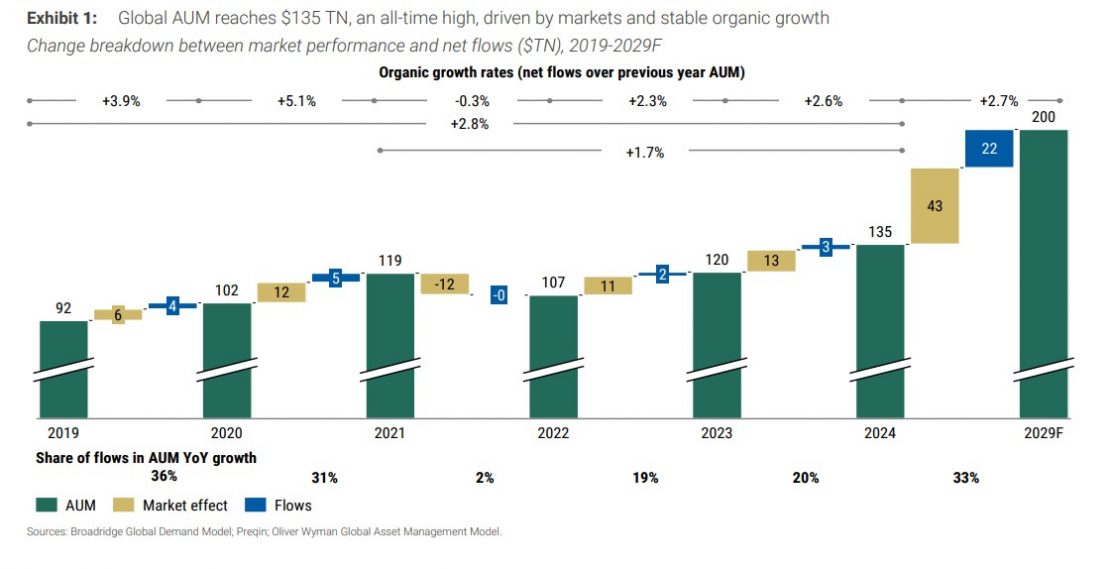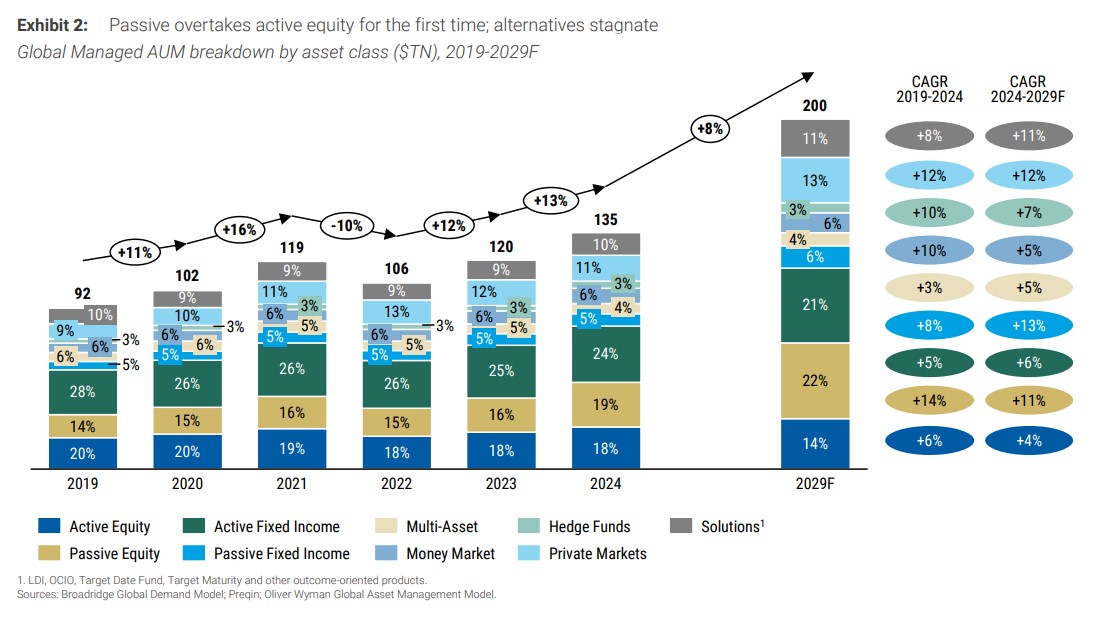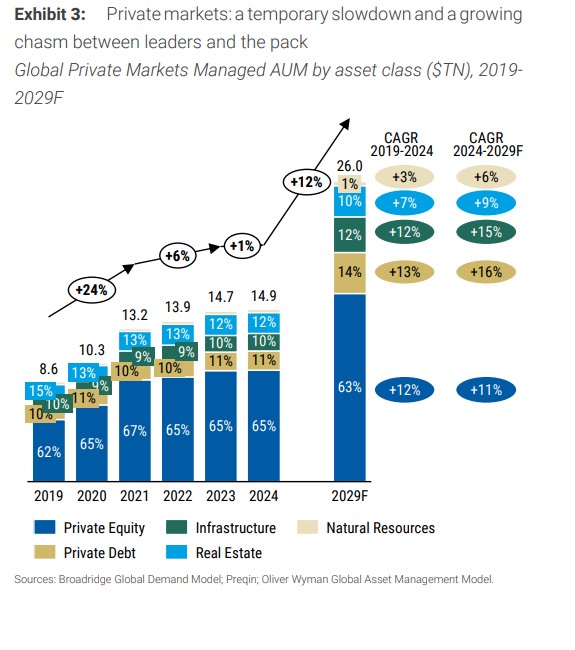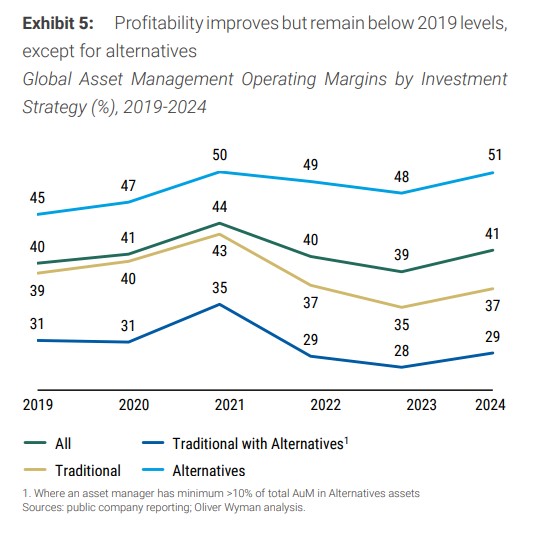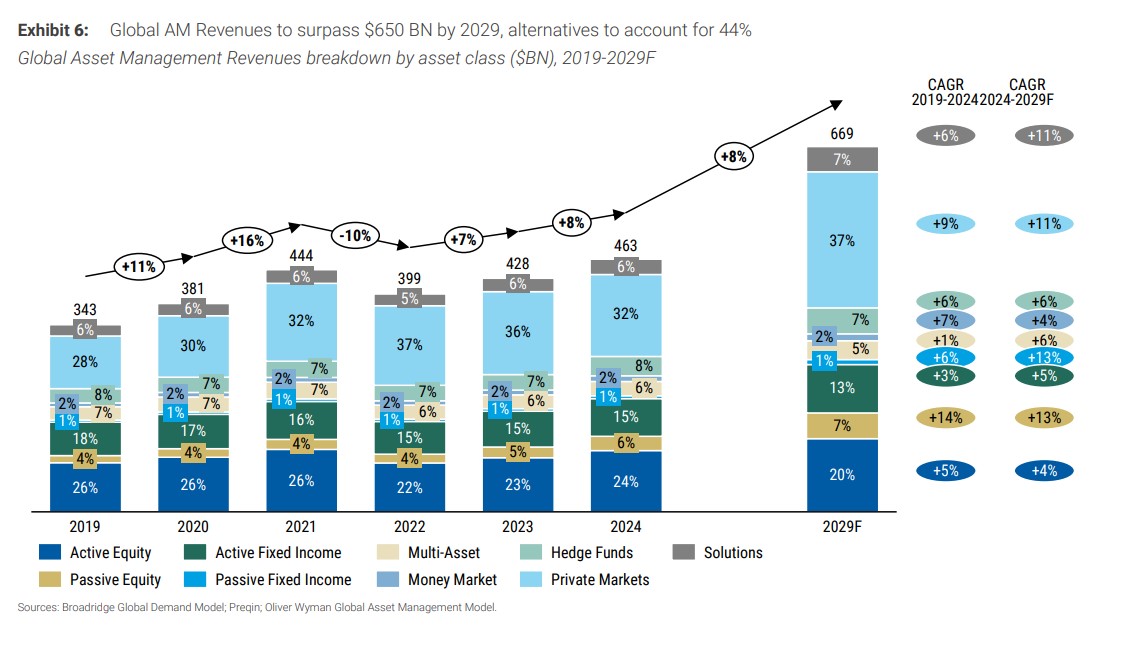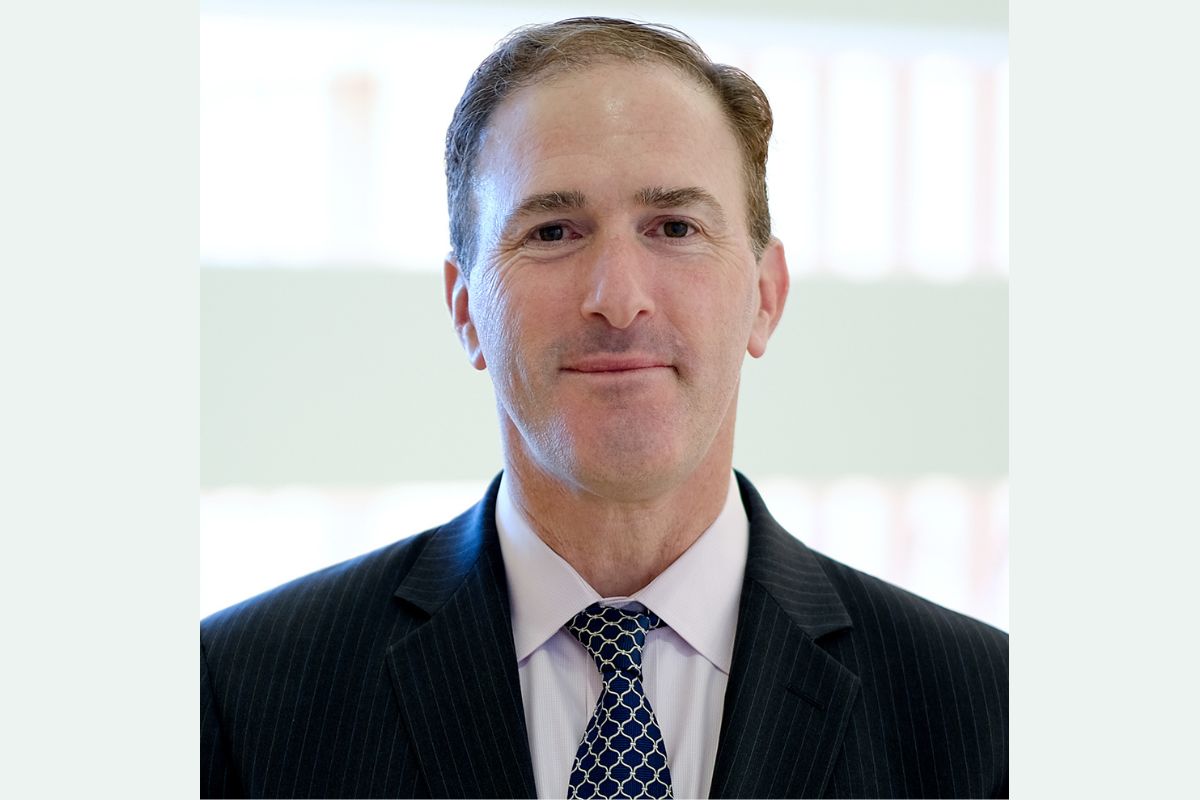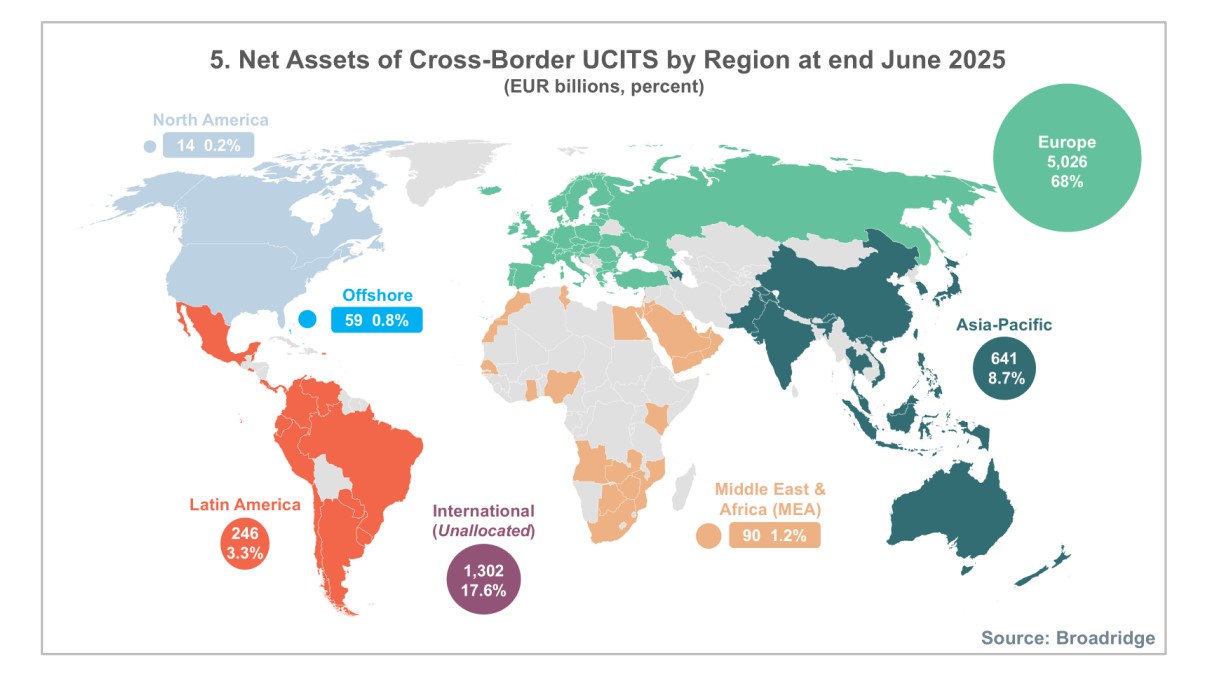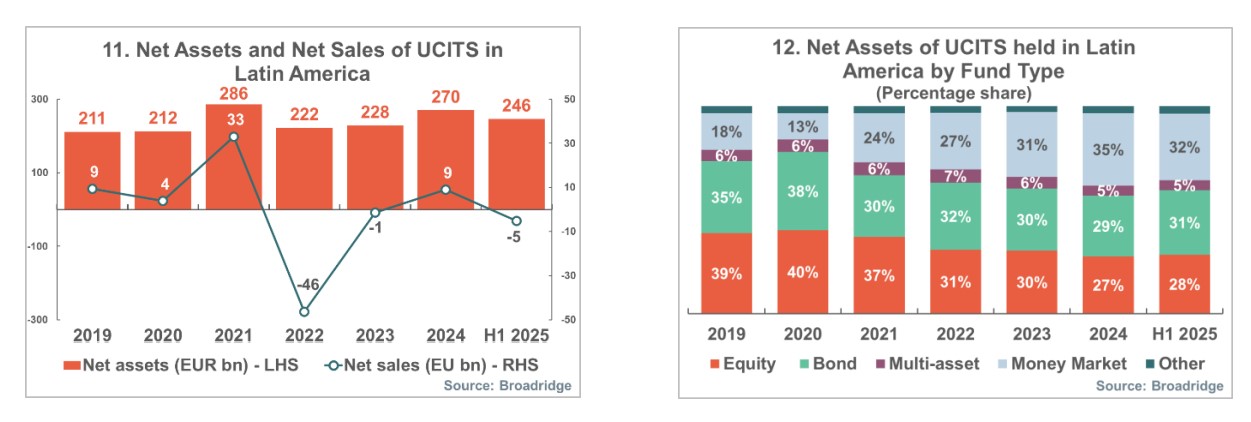The New Challenge for Asset Managers: Competing Internationally Without Multiplying Costs
| By Romina López | 0 Comentarios

In an environment where international expansion demands complex structures and high regulatory costs, asset managers are seeking more agile ways to scale their strategies. Asset securitization, especially through listed and Euroclearable exchange-traded products (ETPs), has become an effective way to compete internationally without replicating corporate infrastructures across multiple jurisdictions, according to FlexFunds.
Launching a conventional investment fund involves establishing local management entities, complying with diverse regulatory frameworks, and undergoing lengthy registration and distribution processes. These requirements can take months and consume legal, tax, and operational resources that erode profitability.
Furthermore, custodian banks and institutional platforms require products with full operational compatibility — ISINs, automated reconciliations, standardized reporting, and recurring audits. When a vehicle does not meet these standards, its integration into private banking or wealth management networks becomes slow and costly.
Securitization and ETPs: A modern distribution architecture
Through securitization, a managed strategy is converted into a structured vehicle with an ISIN and international custody (Euroclear / Clearstream), without the manager losing control of the portfolio. This format enables the repackaging of specialized strategies — such as private credit, real estate, fixed income, or alternative assets — into instruments that are easily integrated into institutional systems, reducing entry barriers and improving transparency.
The III Annual Report of the Asset Securitization Sector 2025 – 2026, prepared by FlexFunds in collaboration with Funds Society, highlights the role of Ireland as a preferred jurisdiction for structuring securitized ETPs. Thanks to its Section 110 of the Taxes Consolidation Act, supervision by the Central Bank of Ireland, and connectivity with Euroclear, the country offers a robust and internationally recognized infrastructure.
FlexFunds’ ETPs leverage this framework by being structured through Irish Special Purpose Vehicles (SPVs), which combine tax efficiency, operational standardization, and global distribution. According to the report, over 70% of surveyed managers view this model as a key tool for internationalization, citing its low operational cost and fast launch timeline — 6 to 8 weeks, compared to several months for a conventional fund.
Additionally, the Irish SPV Report Q2-2025 confirms Ireland’s leadership in this field, with 3,724 active SPVs and total assets of €1.18 trillion, driven by structured debt vehicles such as CLOs and private securitizations. Financial Vehicle Corporations (FVCs) hold €689 billion in assets, while Other SPEs total €490.7 billion, reflecting the maturity of Ireland’s securitization ecosystem.
The growth of the securitized model is occurring alongside the record expansion of the global ETP market. According to ETFGI’s September 2025 report, assets under management in ETFs and ETPs reached $18.81 trillion, the highest level on record. This increase reflects a sustained trend towards institutionalization and standardization of listed structures, driving demand for efficient, transparent, and easily distributed products.
Advantages of ETPs for asset managers
- International scalability: Access multiple jurisdictions without creating new subsidiaries.
- Efficiency and speed: Standardized structures allow launches within weeks.
- Institutional compatibility: ISINs and international custody ease integration with banks and platforms.
- Control retention: Managers maintain decision-making over assets and risks.
- Transparency and credibility: Independent valuation, auditing, and reporting enhance investor confidence.
The report by FlexFunds and Funds Society highlights securitization as a lever for innovation and diversification, particularly for strategies seeking institutional capital without losing operational flexibility.
Securitization has evolved into a strategic tool enabling portfolio managers to expand their global reach with efficiency and control. Far from being a product reserved for large institutions, these investment vehicles now offer a practical, regulated, and competitive path for internationalizing portfolios, improving governance, and connecting with investors worldwide.
For more information, please contact our specialists at info@flexfunds.com.



